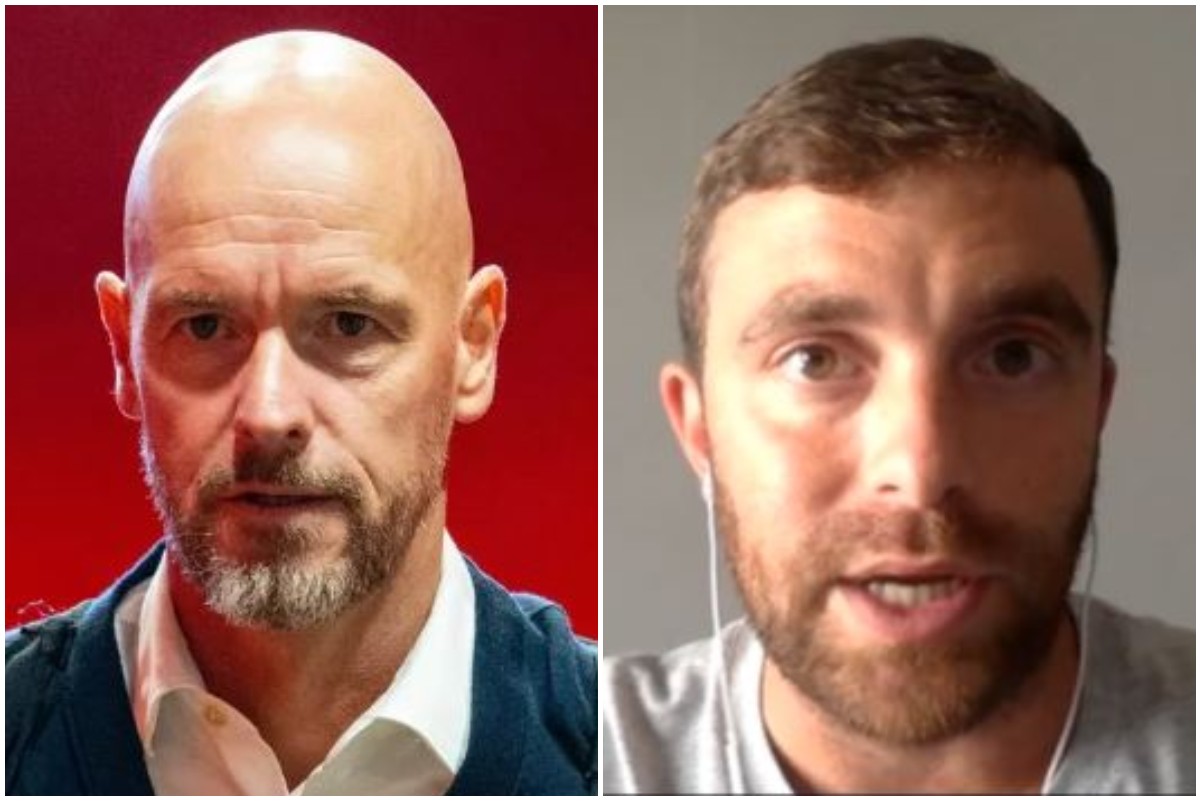Unai Emery has done a magnificent job at Aston Villa over the past 18 months, and the club have now been praised for their pursuit of a player that Man City captain, Kyle Walker, has branded “incredible.”
The Midlands-based outfit would likely have been disappointed that they were unable to replicate West Ham United and lift the Europa Conference League title aloft, however, their work across the 2023/24 Premier League season has meant qualification to the Champions League for the first time in four decades – back when it was known as the European Cup.
Kyle Walker praises Aston Villa for Barkley signing
With that in mind, it’s clear that the club need reinforcements for the work that lies ahead of them, and Walker, speaking on his You’ll Never Beat Kyle Walker podcast, paid tribute to the work that the club are already doing, that has seen some of their players get international recognition including for England ahead of the European Championship.
“Ross Barkley is incredible,” Walker said.
“I think you have to take your hat off to the likes of Aston Villa, Ez Konsa is playing for England now, Ollie Watkins is scoring goals for fun, you have Bailey, a great keeper who has gone and won the World Cup.
“You have Douglas Luiz, who I played with at City, so they have good players but I think it’s probably helped them that they have been under the radar so they can go out and play.”



